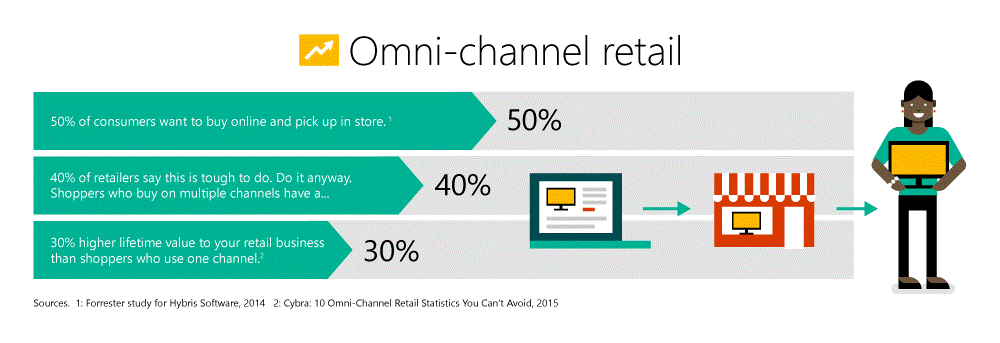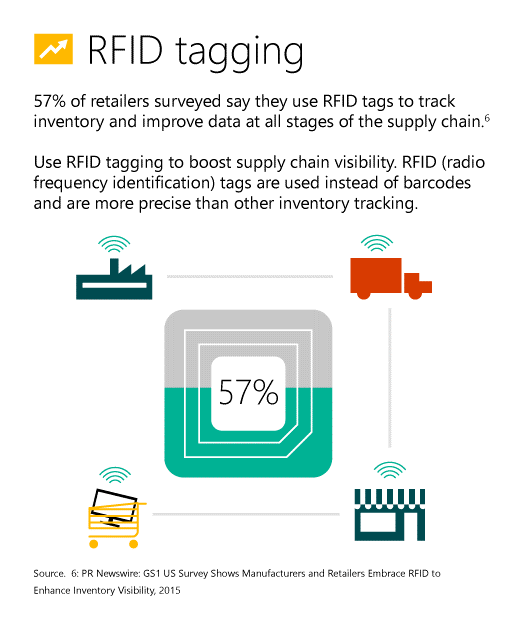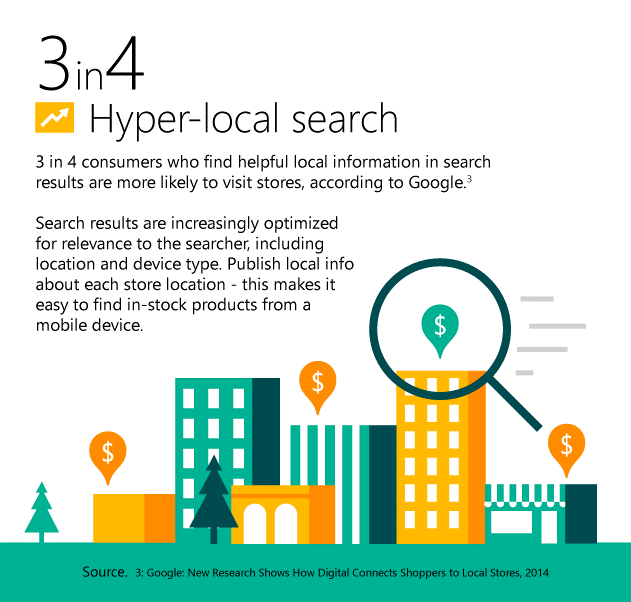Facilitating Omni-Channel Retail Experiences

About a month ago, I bought some jeans from my favorite retail clothing chain. The jeans fit perfectly- at first. After a few wears, they stretched out beyond return and I wanted to exchange the jeans. Problem: I didn’t have a receipt and I had washed them several times. To my surprise, it wasn’t a problem! The clothing store had my purchase history chronicled in my user account. I just had to provide my email address. They accepted the jeans, no questions asked, ordered the correct size since they didn’t have them in store, to be delivered to my front door. I was delighted at the ease of the experience! I walked away happy and satisfied, with an increased sense of loyalty towards the company that just took amazing care of my needs.
Like my experience, retail consumers want to gather information and make purchases, seamlessly across multiple platforms. Each channel should meld into the next, creating a uniform, continuous experience with up-to-date information, be it online, on the phone, or in the store. Omni-channel retailing is about being accessible and uniform with the same message, branding, and services throughout the experience.
With omni-channel retailing, customers make purchases using various methods working together cohesively. For example, a store that allows customers to browse and purchase merchandise online, and then pick the item up in-store. Or the ability to buy goods from a mail-order catalog, but return them to a brick-and-mortar store. Or log into an online account, print a return label and mail it back, without leaving home. A fully comprehensive omni-channel buying experience allows customers to buy, return, and/or exchange products through all channels.
Creating an exceptional omni-channel experience often requires the support of technology solutions, but it’s important to implement the right technologies to ensure accuracy, visibility, and consistency. Here are a few of the top trends in retail supply chain technology for 2016.
RFID Tagging
Radio frequency identification (RFID) tagging is like a 21st century barcode. It’s a method of organizing and tracking inventory, but RFID tags don’t have to be scanned and don’t require direct contact or line of sight to be detected. Even better than the barcode, RFID tags can also send out information, bringing inventory management to a whole new level. More accurate inventory and real-time information about product availability makes omni-channel buying easier because customers can quickly find out what’s in-stock at their local store, buy it online, and pick it up later.

Learn more about retail supply chain management trends for 2016
Informative websites
Today’s customers do a lot of research before buying. Retailers must maintain an informative and current website where consumers can access their accounts, review their buying history, and check product availability. Customers also want to be remembered via customer profiles: which means all buying history, preferences, personal information, and payment options need to be accessible through a single customer account. Finally, the website should translate easily from desktop to mobile and tablet, offering all the same services and features.
Reverse logistics
What are reverse logistics? Exactly what you’d think! It’s the process a product follows backwards through the supply chain. Ensuring a supply chain can easily absorb returned and/or exchanged items enhances the customer’s overall experience and encourages repeat business. It’s also good to make sure customers can return and exchange through various avenues, not just the one through which they made the original purchase.
Hyper-local search results

By maintaining relevant information within online search results, businesses can encourage page visits and even increase store visits. Tailored search results focused on product availability, store location, store hours and pricing can actually inspire customers to visit your store. If that information isn’t available, one in four shoppers say they’ll steer clear of a nearby store to avoid the risk of items not being available. To avoid the risk, optimize your search results and make sure important information is available to your customers.
Learn more about supply chain management trends for 2016: download the infographic.
